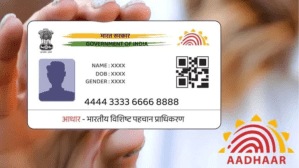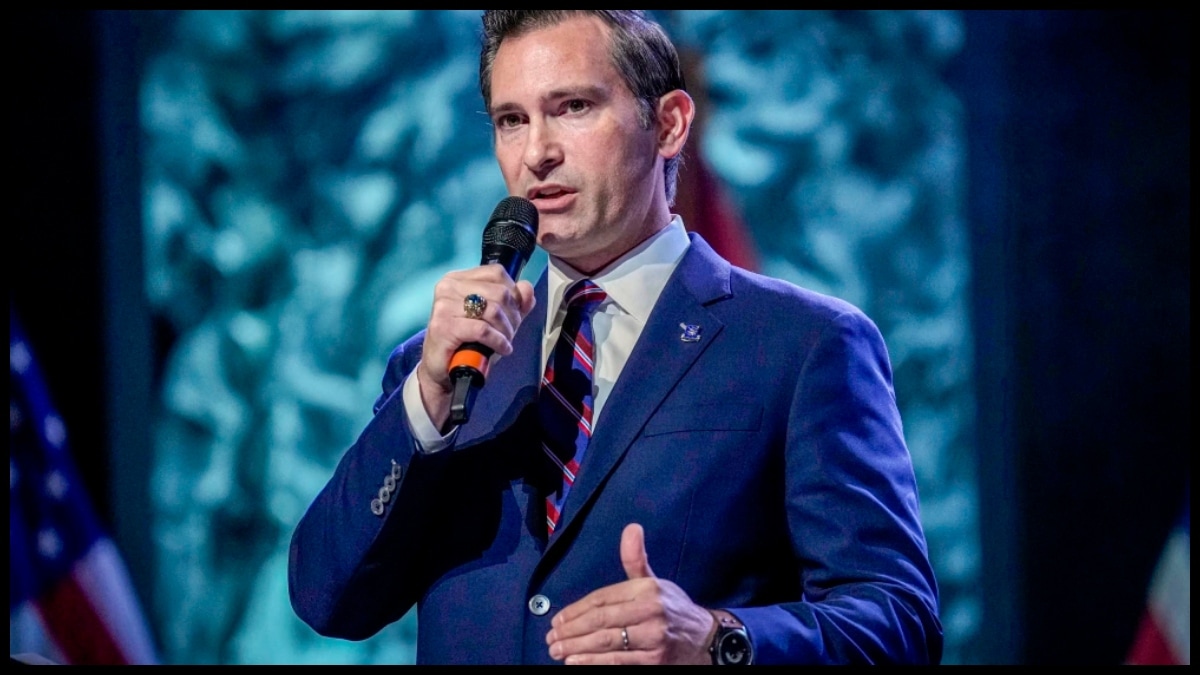Stroke is striking young more than ever before with warning signs sometimes as vague as a migraine, nausea, and vomiting. USA Today reported case of 27-year-old mother Bethany Fonseca who developed a migraine one morning and her arm “felt like a limp noodle”, before she collapsed in her bedroom while getting ready for work. She never saw the stroke coming, and all she could think was about her daughters.
Her twin girls were in kindergarten at that time. “I just wanted to see my daughters one more time,” she said.
Fonseca recovered eventually, but 15 years later still has trouble with balance and fatigue. Initially, she had lost control of the right side of her body and needed weeks of physical and occupational therapy.
“It’s still a daily struggle but some people aren’t as lucky as I am,” she said. “If all I have to worry about is balance and tiredness, I count my blessings because it’s so much worse for other people,” she said.
How to recognise stroke
Stroke happens when a blood clot or burst vessel cuts off blood flow to the brain. Without quick treatment, it can be fatal.
Stroke symptoms often appear suddenly and can be alarming. A person may experience numbness or weakness in the face, arm, or leg typically on one side of the body. There may be sudden confusion, difficulty speaking, or trouble understanding what others are saying. Vision can become blurred or lost in one or both eyes, and walking may become difficult due to dizziness, loss of balance, or poor coordination. In some cases, a stroke may present as a sudden, severe headache with no apparent cause, according to CDC.
Stroke rates among millennials and Gen Z are rising steeply. The U.S. figures for 2020–2022 show a 14–15% increase in strokes in adults aged 18–44 caused mainly by the classic vascular risk factors increasingly presenting in this age group: hypertension, hyperlipidaemia, type 2 diabetes mellitus, obesity, physical inactivity, smoking, and drug abuse for other people.”
Stroke cases on rise in young
A 2024 CDC report finds that stroke cases have increased significantly – 15% – in people aged 18-44. No longer affecting just older adults, more awareness is required around stroke symptoms.
“Stroke rates among millennials and Gen Z are rising steeply. The US figures for 2020–2022 show a 14–15% increase in strokes in adults aged 18–44 caused mainly by the classic vascular risk factors increasingly presenting in this age group: hypertension, hyperlipidaemia, type 2 diabetes mellitus, obesity, physical inactivity, smoking, and drug abuse,” Dr. Girishkumar Soni, Neurology, MBBS MD (Med) DM (Neurology) Lilavati Hospital Mumbai, told Financial Express.com.
Curse of the modern life
In recent years, the lives of young Indians has taken an unhealthy and worrying turn. Modern lifestyles doesn’t leave much scope for self care as the young ones juggle with long commutes, longer working hours, and demands at home. While the earlier generations were living a more balanced way of life, for the current workforce, work never seems to stop.
“Hospitals across India are seeing younger patients with stroke issues – many are in their thirties, some in their twenties. For a country with a young population, this trend is deeply unsettling. The causes however, are not hard to trace,” Dr Pushkar Gupta, Director – Neurology, CK Birla Hospitals, Jaipur told Financial Express.com.
“The way young Indians live has changed drastically – long commutes, long working hours, and the constant pull of digital screens leave little room for physical activity. Diets, too, have shifted—home-cooked meals replaced by processed foods, high in sugar, salt, and unhealthy fats,” added Dr Gupta.
Experts note that many young adults today are living in a state of constant mental strain due to which
conditions like high blood pressure, and insomnia are becoming common which alter the way the body handles sugar and cholesterol, the risk factors for stroke.
To cope with stress, many turn to substance abuse, including smoking, excessive alcohol consumption, and drugs which could further raise the risk of conditions like stroke, noted Dr. Deep Das, Neurologist, CMRI Kolkata.
Novel factors on rise
“Aside from the traditional risks, novel factors are arising especially in younger women and those younger than 35. Oral contraceptive use, arterial dissection, migraine, blood-clotting disorders, autoimmune diseases, kidney failure, pregnancy/postpartum state, and congenital cardiac abnormalities like patent foramen ovale dramatically increase stroke risk, says Dr Soni.
Common causes behind rising stroke cases in millennials and Gen Z
Dr Vinit Banga, Director-Neurology, Fortis Escorts Hospital, Faridabad, highlights some of the reasons for early stroke in millennials and Gen Zs:
- Sedentary lifestyle and obesity: The greatest risk factor for increased stroke risk in young people is sedentary lifestyle. With the onset of digital entertainment, social media, and remote work, people are sitting for long hours. Sedentary life encourages the risk of obesity, which is an important risk factor for stroke. Obesity increases the risk of hypertension, diabetes, and increased cholesterol, all of which are risk factors for stroke.
- Mental illnesses: Millennials and Gen Z have demonstrated increased levels of depression, anxiety, and stress. Stress can contribute to hypertension and sleep deprivation, all of which raise the risk for stroke. Stress to maintain career achievement, and financings are all mentally weighing on the individual, and only serve to make one more vulnerable to stroke.
- Poor diets: Most young people eat poor-quality diets with high intake of fast foods, sweetened beverages, and processed foods. Such diets are associated with obesity, increased blood cholesterol, and high blood glucose levels, all of which increase the risk of stroke.
- Genetics conditions: Even genetic predisposition may be the possibility. Certain individuals may be experiencing some health conditions like congenital cardiac conditions, which have the possibility of stroke even at a younger age.








